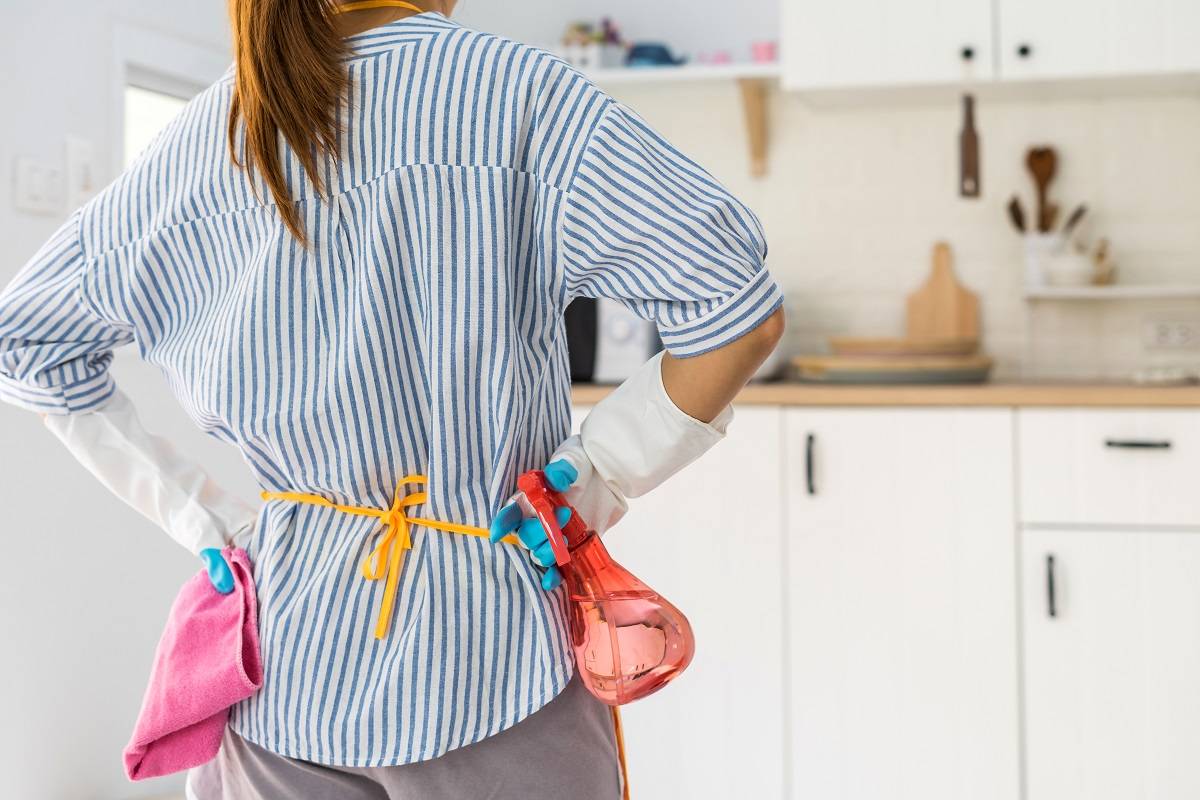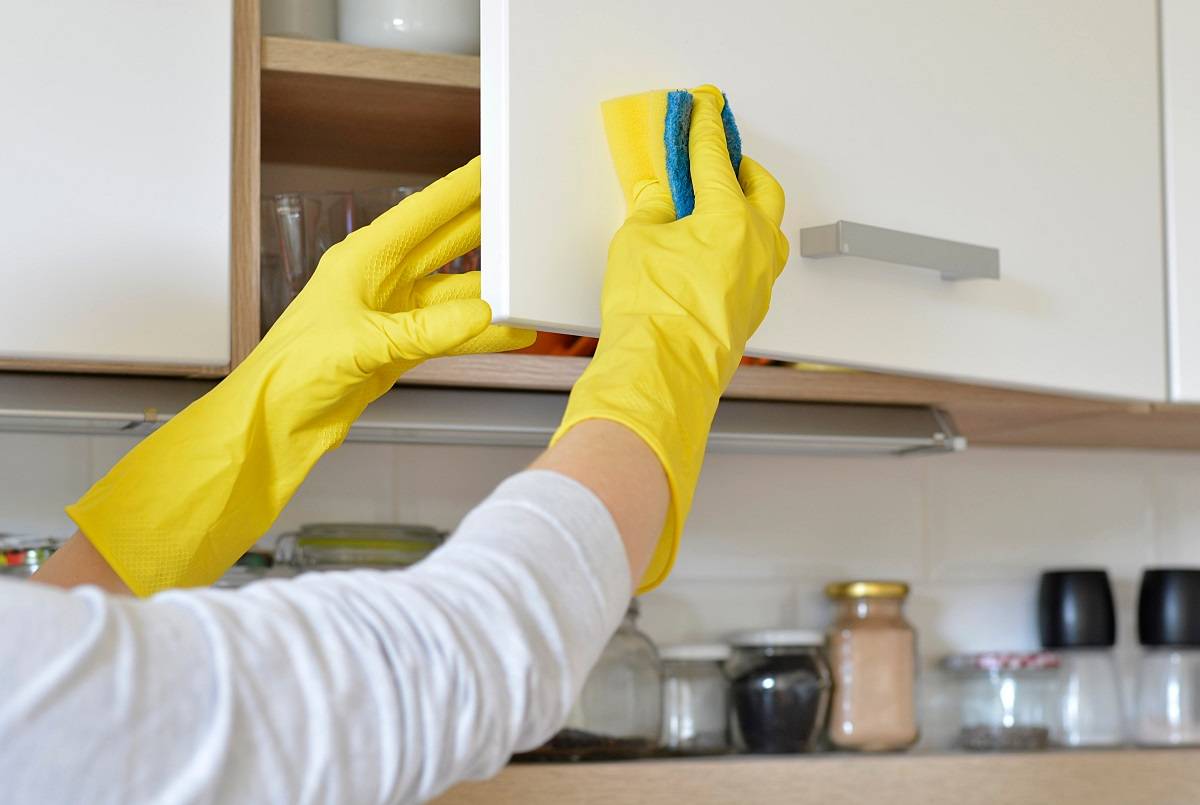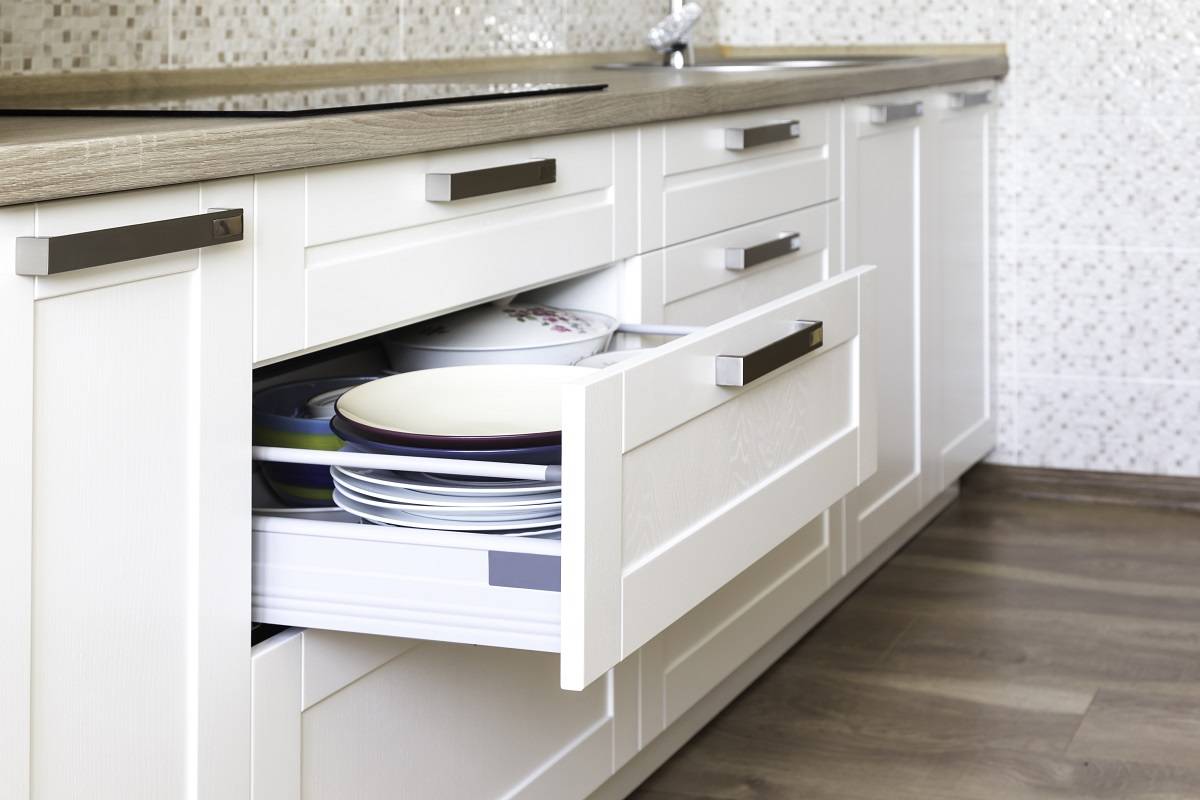Cleaning and Caring for Your Kitchen Cabinets After Installation
If you’ve recently invested in new kitchen cabinets, you’re likely enjoying every moment in your new space! Now that you’ve put in the time, money, and effort to transform your kitchen cabinets, it’s vital that you properly care for them to help them last as long as possible.
If you’ve recently invested in new kitchen cabinets , you’re likely enjoying every moment in your new space! Now that you’ve put in the time, money, and effort to transform your kitchen cabinets, it’s vital that you properly care for them to help them last as long as possible.
Cabinets can take a beating, especially in a high-traffic area such as your kitchen. Cooking grease, dirty hands, food particles, and overall wear and tear can take away from your beautiful space.
Thankfully, the right kitchen cabinet care can help extend your cabinets’ lifespan and help them last for years to come.
How to Care for Kitchen Cabinets

How to clean kitchen cabinets isn’t as complicated or time-consuming as you may think. It’s a task worth completing at regular intervals as it can help your kitchen cabinets stand the test of time. The more consistently that you put in the effort, the less you’ll have to work to care for your cabinets each time.
The right cabinet care means using the right product for the job, as some household cleaners can be too damaging. Each wood piece that makes up your cabinets requires attentive cleaning and polishing to help its natural grain shine and add dimension to your space. Here are some tips to help your cabinets stay looking new for years to come.
New Kitchen Cabinet Care After Installation

You may not think to wipe down your kitchen cabinets immediately after they’ve been installed, but we recommend taking a damp cloth and gently wiping down both the exterior and interior of your new cabinets. This will help remove dust particles and any smudges before filling your cabinets with plates, utensils, etc.
Be sure that the cloth you use isn’t too damp, as sitting water can wear down your finish faster and cause damage or fading.
Regular Kitchen Cabinet Maintenance Tips

Even if your kitchen cabinets were installed months or years ago, you can still benefit from cleaning them regularly. Ideally, you’ll spend the time to wipe down the interior and exterior of your kitchen cabinets every 2-3 weeks.
Use Warm Water & Soap
The best cleaner for your kitchen cabinets is a simple mixture of mild dish soap and water used to remove stubborn stains. For most stains, you can simply wipe them off with a wet cloth. Be sure to avoid harsh soaps such as bleach, steel wool, solvents, ammonia, hard plastic brushes, or harsh stain removers.
Wipe Spills Quickly
If you accidentally spill and it gets onto your cabinets, be sure to wipe it off as soon as you can. Use a blotting motion instead of a rubbing motion to help keep the liquid from spreading across a larger surface area of your cabinetry.
Keep Moisture Levels Low
Cabinetry that is located near your sink is especially at risk of being spilled or splashed on, so be sure to wipe away excess liquid as soon as you notice it. If possible, avoid draping your used dishcloth on the doors of your cabinets to keep them looking new.
Be Mindful of Light Exposure
Natural light makes any space more welcoming and can even make your space feel bigger, but too much of it can damage the natural wood in your cabinets. If your cabinets are painted, too much natural light can cause fading. If necessary, keep your blinds down or use window covers to limit sunlight exposure during the sunniest parts of the day.
How Humidity and Temperature Affect Your Cabinets

Despite your best efforts to keep your cabinets looking new, simple factors such as temperature or humidity can have a significant impact on the lifespan of your cabinets. If possible, keep your internal environment as comfortable and consistent as possible to help prolong your kitchen cabinets’ lifespan.
We’ve outlined some potential damaging factors below.
Humidity
High humidity levels in your home, particularly in your kitchen, can cause the wood in your cabinets to expand and contract. In most cases, it is unfinished or exposed wood that shows the most significant changes as a result, but finished wood will also be impacted.
If your kitchen cabinets are finished with a protective laminate coating, this will help slow down the impact of humidity, but over time, these cabinets will also be impacted.
Dryness
On the opposite end of the spectrum, if there’s not enough humidity in your home, your cabinets can also be impacted. Excessively dry air can cause your cabinets and cabinet door to crack or separate. Dry air may also result in exposing unfinished lines due to the panel door shrinking.
To help keep the humidity level consistent, be sure to use a humidifier or dehumidifier to find the ideal level. Most homes do well with a humidity level between 30-50 percent.
Moisture
A lot goes on in your kitchen, and it’s impossible to keep it completely free of moisture or moisture exposure. While you may not be able to keep moisture completely out of your kitchen, be sure to clean up excessive moisture when you see it.
For example, if you consistently use the crockpot on your counters and it releases steam directly onto the underside of one of your kitchen cabinets, irreversible damage will undoubtedly develop. Or maybe you consistently run the coffee pot in the same position, resulting in steam going onto your cabinets.
These simple habits may not seem like a huge deal at the moment, but repeating them time and time again can cause a significant amount of damage to your cabinets.
As soon as you realize that your kitchen cabinets were exposed to excess moisture, immediately take action to clean up the spill by using a durable microfiber cloth. You can also turn on any fans or dehumidifiers to reduce the moisture.
A speedy cleanup not only reduces the amount of damage to your cabinets but also lessens the chance of mold and mildew developing in the future.
Temperature

Significant variants in temperature throughout your kitchen may result in your cabinets expanding or shrinking. Be mindful that subtle temperature changes will have less of an impact on your cabinetry than drastic changes, so if you’re going to make a change, do so slowly over time.
Temperature and humidity go hand-in-hand, so use your home’s temperature and humidity levels to your advantage to help extend the lifespan of your cabinets. On average, most homes set their thermostat between 68-75 degrees Fahrenheit.
Remediation
There are many steps that you can take to help reduce potential damage to your cabinets. If your home’s HVAC system doesn’t also provide you with your home’s current indoor humidity level, be sure to invest in a dehumidifier or humidifier. These tools will help you control the air temperature and allow you to find an environment in which your cabinets thrive.
Another helpful tip for kitchen cabinet care is to move your cabinets into the space in which they will be installed before the installation process begins. This will give the cabinet material a chance to adjust before the cabinets are installed, ultimately reducing the risk of damage. If this isn’t possible, you can use an adjoining room to help the cabinets transition into their forever space.
Remember that other factors impact your home’s temperature and humidity, including the proper insulation and ventilation and the right type of vapor barriers.
Conclusion
If you’ve put in the time and effort to purchase new kitchen cabinets, be sure to take advantage of the above kitchen cabinet maintenance tips. With consistency and the right knowledge, you’ll be able to enjoy your new cabinets for years to come.
For even more kitchen cabinet maintenance tips or to learn more about how we can contribute to your dream kitchen, reach out to our experienced team. Your dream kitchen is within reach!

